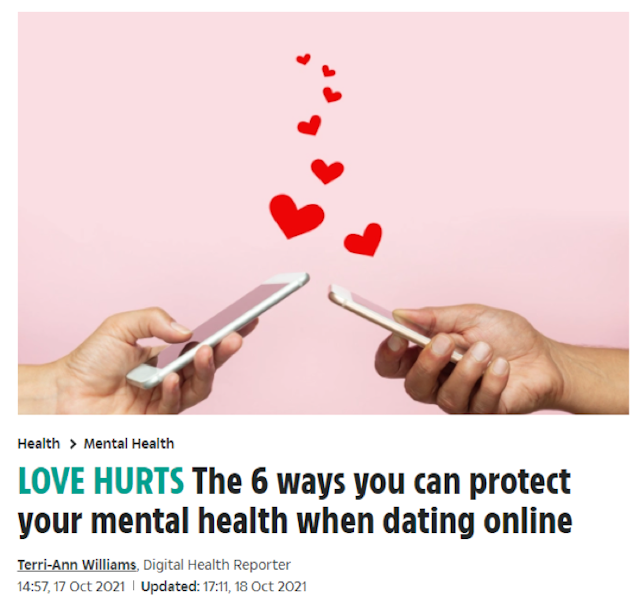Reactive PR and case studies: why it works
Reactive PR offers journalists valuable resources (such as internal data and case studies), forms relationships though building a reputation as a reliable source for insights, and helps brands to jump on current trends by utilizing viral accounts as case studies to support. Alex Minion, digital PR and content executive from UNRVLD, looks into the essentials for this kind of PR.

UNRVLD considers the pros and cons of reactive PR and provides tips on how to get it right
In digital PR and content, reactive PR is not only a great link-building exercise, but can also help to form long-lasting relationships with relevant journalists and publications.
The first, and arguably the most traditional, method of reactive PR is to monitor online channels for journalist requests that are relevant to your client, its industry and niche. Journalists share their requests through online platforms and call-outs on Twitter, so it’s important to scour for opportunities regularly and to be aware of and prepared for tight deadlines.
Responding to requests on behalf of your client may not always lead to immediate success, but starting the conversation with journalists is a great way to introduce the client. It shows willingness to provide insights and can lead to future collaborations and – ultimately – potential brand mentions and links.
A brand’s spokesperson is a valuable source for link-building
Offering quotes and comments are great ways to gain brand mentions and links in an article and can help to position your client as a respected voice in its field. This is because the brand’s input can add real value, providing journalists with access to resources that they would not have otherwise.
Take UNRVLD’s work with Fluttr, the ethical dating app. The chief executive officer of Fluttr is not only an interesting spokesperson due to her illustrious career, but she is also passionate about the wellbeing of the app’s users. Drawing upon this, we gave her voice a platform for protecting online users’ mental health. This content was then covered in the health section of The Sun Online.
If done well, this tactic can positively influence relationships with journalists, building your client’s report as a credible source for industry topics.

Internal data is preferred by journalists and doesn’t require a budget
Internal data can help you to stand out from competitors and is a great opportunity for link-building when linking to on-site content, which provides additional data, case studies or expert tips.
This type of link is far more likely to be included by journalists than a generic homepage as it adds value to the article by providing more information on the topic at hand. An example of this tactic can be seen through some reactive content that UNRVLD delivered for McCarthy Stone.
A previous campaign for the client had uncovered a wealth of data around the UK’s natural offerings. This gave us an opportunity to draw upon existing data in line with key events, and so we repurposed the campaign content to share the UK’s best stargazing hotspots. Scheduling outreach ahead of a key stargazing event – the full moon – enabled this tactic to achieve a host of coverage and links, and it was also picked up nationally in The Daily Express.

Use viral content and trending hashtags to find relevant case studies
Adding a human-interest angle can bring a story to life and lead to higher reader engagement. So offering journalists a case study may help to cut through inbox noise and lead to a higher open rate. They are also a great way to re-launch struggling past campaigns and require little resources, and therefore a low budget.
Look for the creators of viral TikToks or accounts with striking visuals on social media that are relevant to your client’s industry and contact them directly. It can be useful to create work social media accounts as the algorithms will be set specifically to your niche and can help you to source potential case studies. You’ll also need to follow aggregator accounts, search for social and viral trends and use hashtags to explore relevant posts.
Be mindful and take time when choosing your case study subject
It’s a tricky balance to find the best option for a potential case study. Content that has gone extremely viral is likely to have already been picked up in the media and will lose the interest of journalists.
Social accounts with a large following are also likely to ask for payment. On the other hand, smaller accounts may have doubts about being in the press or sharing information online, which can lead to future issues around outreach. It’s easier to spend time finding a case study that is solid initially than lose more time risking them backing out at the last minute.
Be transparent about the mutual benefits of using case studies
When looking for a case study, introduce yourself and explain how using them as a case study will benefit you both. Their input will add value and you shouldn’t pretend to be doing them a favor, but instead be honest and transparent about what all parties can gain from coverage.
Overall, sourcing interesting and relevant case studies can fulfill a number of aims. The journalist can add valuable sources to their articles through your input, your case study can receive exposure through online coverage, and you can land relevant links and brand mentions for your client.
Content by The Drum Network member:

UNRVLD
Our digital expertise put value creation at the heart of everything we do. We deliver the outcomes our clients need to become more than just better. Being unrivalled...
Find out more
